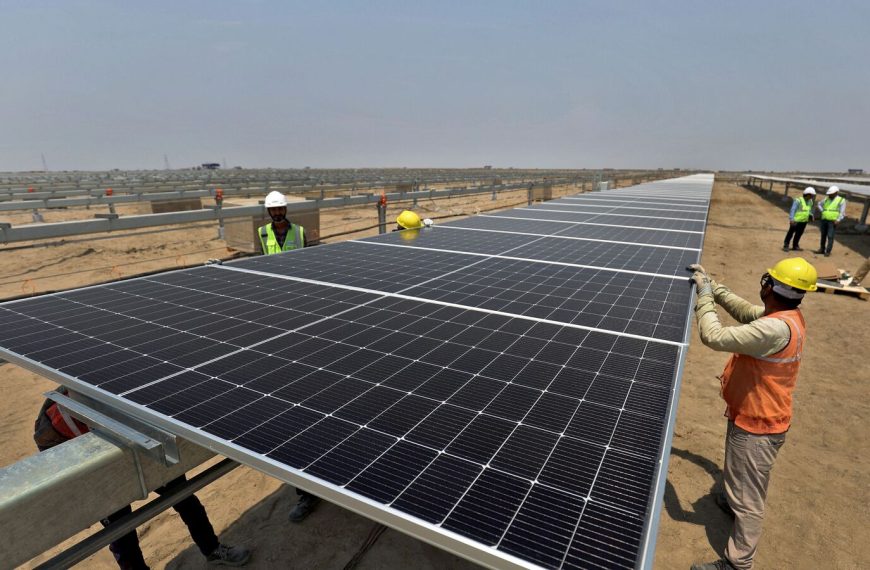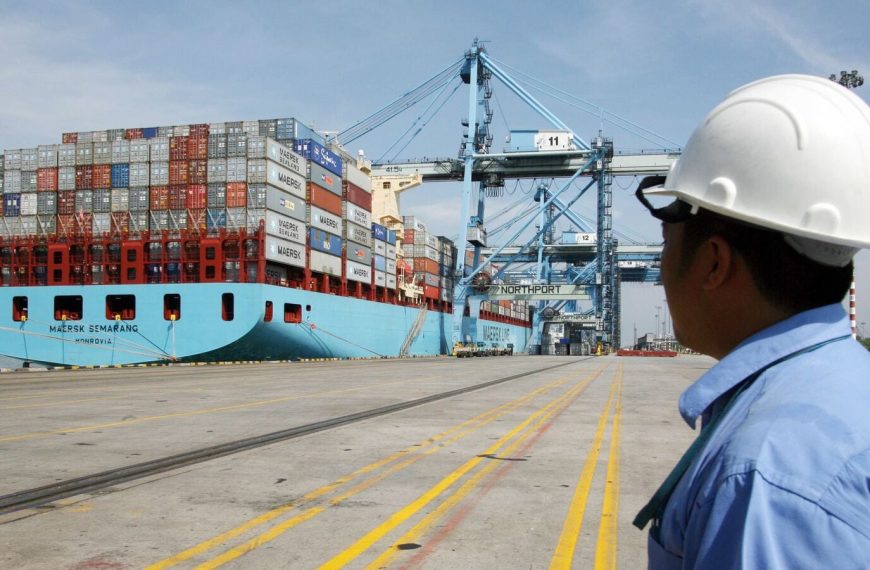Colombia’s central bank is currently navigating a turbulent economic landscape, facing scrutiny from President Gustavo Petro and the broader public. Central Bank Governor Leonardo Villar recently defended the institution’s independence, emphasizing its commitment to long-term goals over short-term political pressures. This comes as policymakers decided to maintain the benchmark interest rate at 9.5% for another meeting, amid rising inflation and the country’s largest fiscal deficit since the onset of the pandemic.
Central Bank’s Stance on Political Pressure
In a recent interview, Villar pointed out that although the central bank has faced criticism from various administrations over the years, it has consistently prioritized the nation’s economic stability. He stated, “The bank has always acted in the interests of the nation and has not bowed to political pressures.” This steadfast commitment is crucial, especially as inflation continues to pose challenges.
- Policymakers held the interest rate steady at 9.5% for the second consecutive meeting.
- Inflation is expected to exceed target levels for the fifth year in a row by 2025.
Presidential Criticism and Economic Concerns
President Petro has expressed frustration, accusing the bank of hindering economic growth to benefit conservative factions. Villar acknowledged that while governments often have immediate concerns, the central bank’s mandate focuses on long-term economic health. “Every administration has its short-term goals, but our mission is to ensure price stability,” he added.
- The central bank’s independence is essential for maintaining investor confidence.
- Villar remains optimistic that international investors will see the bank’s credibility as a stabilizing factor.
Inflation Trends and Future Projections
Unfortunately, inflation in Colombia has proven more persistent compared to its regional neighbors. Villar noted that the removal of fuel price subsidies and widespread indexation have exacerbated the situation. The bank’s target for consumer price growth is set at 3%, with a permissible range of one percentage point.
- Current inflation forecasts predict a decline to 4.5% by year’s end.
- The neutral interest rate is significantly lower than the current policy rate, indicating a restrictive monetary stance.
Adapting to Economic Shifts
The central bank is adjusting its approach in response to evolving economic conditions. Villar mentioned various uncertainties, including U.S. monetary policies, which impact inflation worldwide. As inflation expectations shifted in October, the bank opted to halt interest rate cuts to reassess the economic landscape.
- The fiscal deficit reached 6.8% of GDP last year, a surprising turn for policymakers.
- The central bank anticipates a 2.8% economic expansion for the year, close to its long-term growth potential.
Demographic Changes Impacting Growth
Colombia is also grappling with demographic shifts, particularly a declining birth rate that has slowed workforce growth. In 2022, only 445,000 births were recorded, a 33% decrease from a decade prior. These trends, coupled with low investment rates, have contributed to a lower potential growth rate in recent years.
- The current account deficit has narrowed significantly, now at 1.8% of GDP.
- Remittances from abroad are becoming a vital source of foreign currency, reaching approximately $12 billion last year.
Conclusion: Looking Ahead
As Colombia navigates these economic challenges, the central bank’s independence and strategies will play a pivotal role in steering the nation towards stability. The interplay between political pressures and economic realities will continue to shape the financial landscape, raising questions about how best to foster growth while managing inflation.











